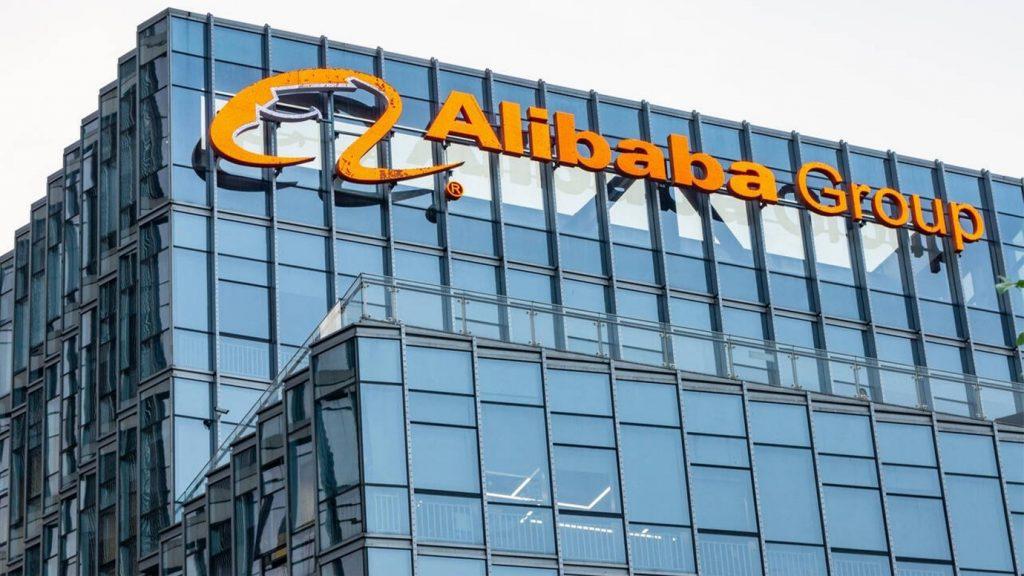
Canada Appeals for International Firefighting Aid
June 09, 2025: Canada has issued an international appeal for firefighting support as wildfires intensify across multiple provinces

July 10, 2023: On Friday, Chinese technology firm Alibaba launched an artificial brightness tool to generate images from prompts.
Tongyi Wanxiang allows users to input prompts in Chinese and English, and the A.I. tool will generate an image in various styles, such as a sketch or 3D cartoon.
Alibaba’s shadow division launched the product and said it is available for enterprise customers in China for beta testing.
Tongyi Wanxiang is Alibaba’s latest generative A.I. offering as tech giants in China and the U.S. look to race ahead with the technology.
Generative A.I. is a type of artificial intelligence that can generate content established on prompts. It is trained on vast amounts of data to do this. The most famous example is OpenAI’s ChatGPT which has sparked a rush from the most prominent tech players to develop their rivals.
In the U.S., Google launched its A.I. chatbot called Bard. And in China, Baidu released Ernie Bot, and Alibaba launched Tongyi Qianwen.
There are already A.I. text-to-image generation services available at the moment. OpenAI’s DALL-E and a service called Stable Diffusion are two of the most well-known.
“With the release of Tongyi Wanxiang, high-quality generative A.I. imagery will evolve more accessible, facilitating the development of innovative A.I. art and creative presentations for businesses across a wide range of sectors, including e-commerce, gaming, design, and advertising,” Jingren Zhou, CTO of Alibaba Cloud Intelligence, said in a press release.
Technology giants are treading carefully in releasing these generative A.I. products to avoid getting on the wrong side of regulators. Companies such as Alibaba and Baidu have positioned their A.I. tools particularly. For example, Alibaba is focusing its offerings on enterprises.
That’s because Chinese leaders have already introduced regulations in anticipation of generative A.I. technologies. In January, Beijing introduced first-of-its-kind regulation governing “deep synthesis technologies” or photos and videos altered by A.I. In April, regulators released draft rules to manage companies’ product of generative A.I. products.
We provide the insights on leaders who are responsible for taking their organization to new heights, all the while bringing together a group of talented individuals.

June 09, 2025: Canada has issued an international appeal for firefighting support as wildfires intensify across multiple provinces

May 27, 2025: Air Canada Cuts Five U.S. Routes for Winter 2025–26, Part of Broader Cross-Border Retrenchment

May 26, 2025: Trump Freezes $2.2B in Federal Grants to Harvard Over DEI, Threatens Tax-Exempt Status.

May 14, 2025: Microsoft has announced plans to reduce its global workforce by approximately 3%, affecting roughly 10,000 employees across multiple departments.

May 13, 2025: The Trump administration is considering suspending the constitutional right of habeas corpus in a bid to accelerate mass deportations.

April 29, 2025: Donald Trump’s second term has reached the 100-day mark under sustained public skepticism, with national approval ratings